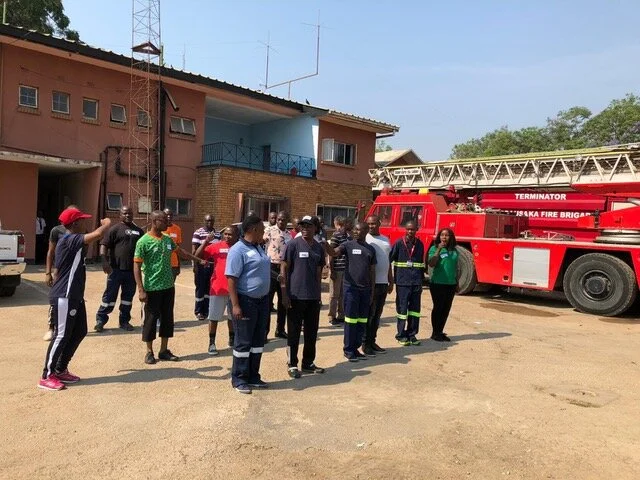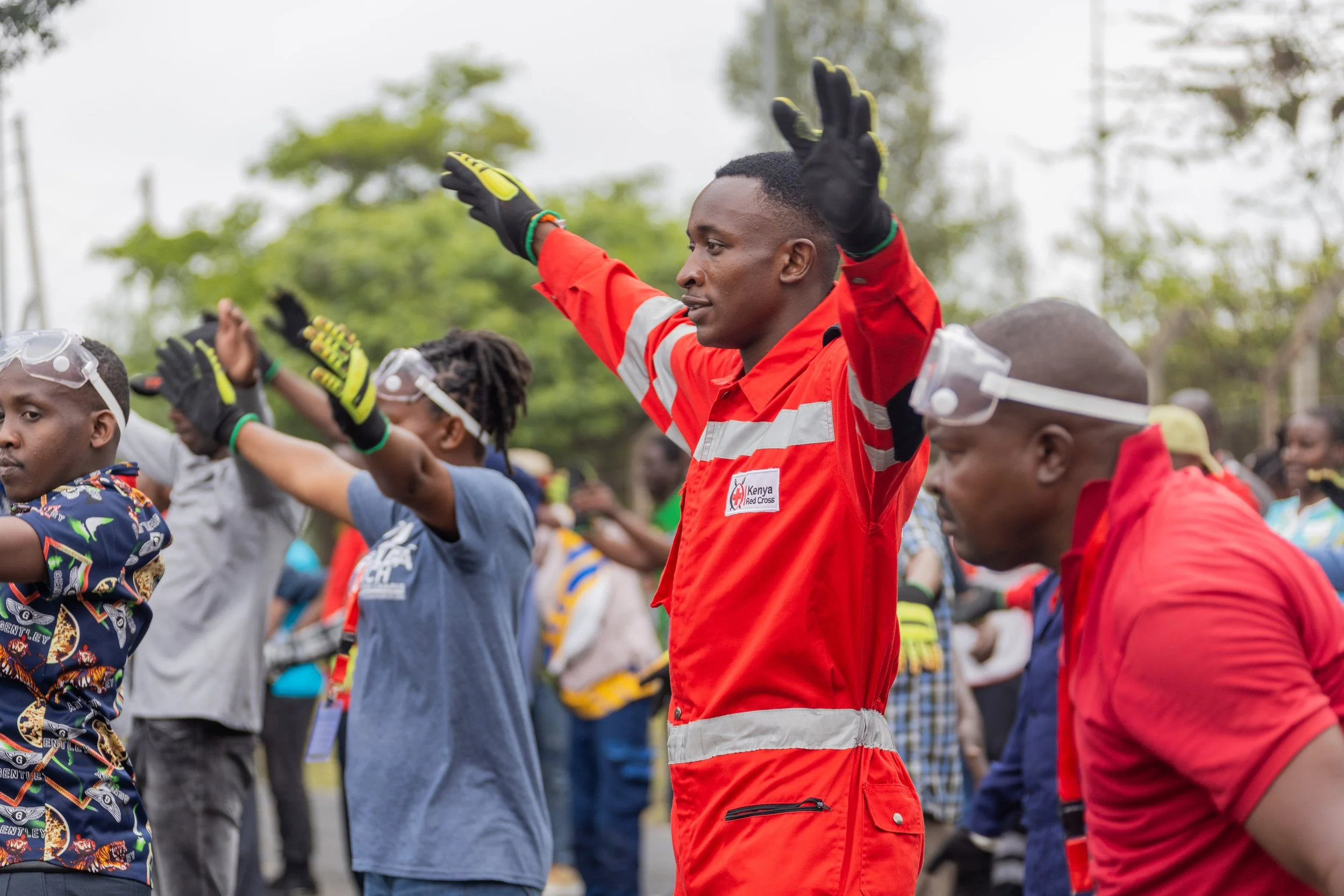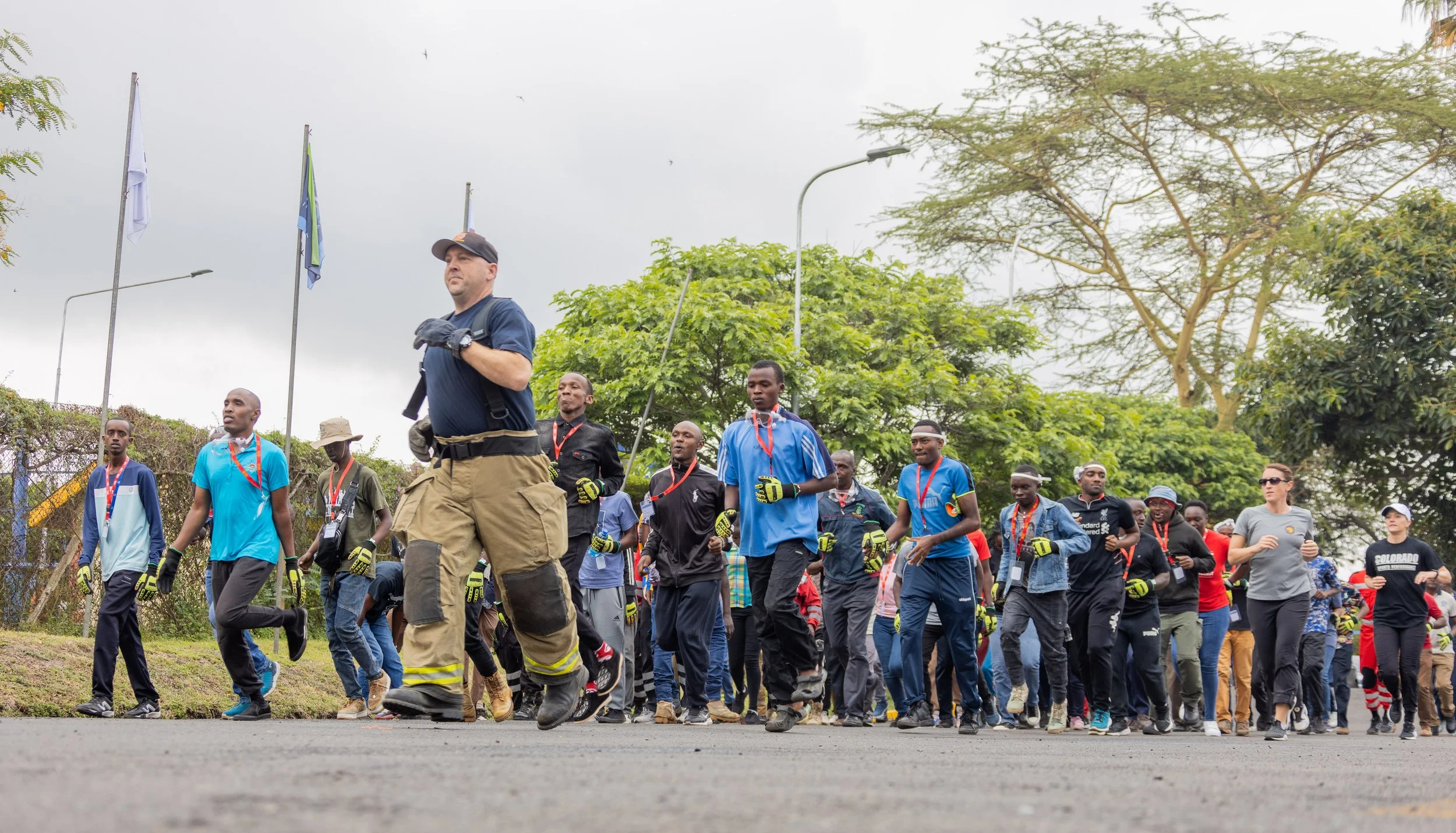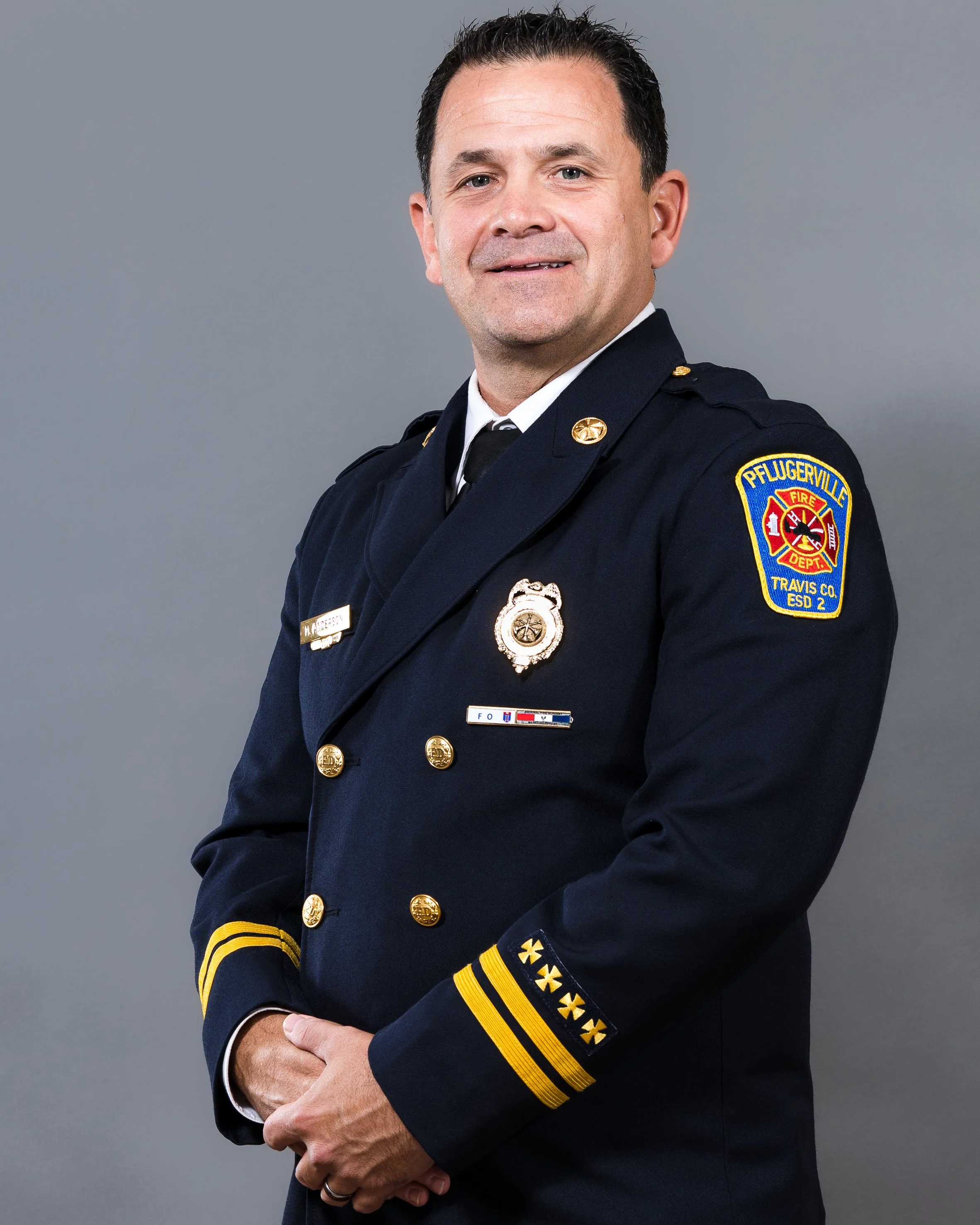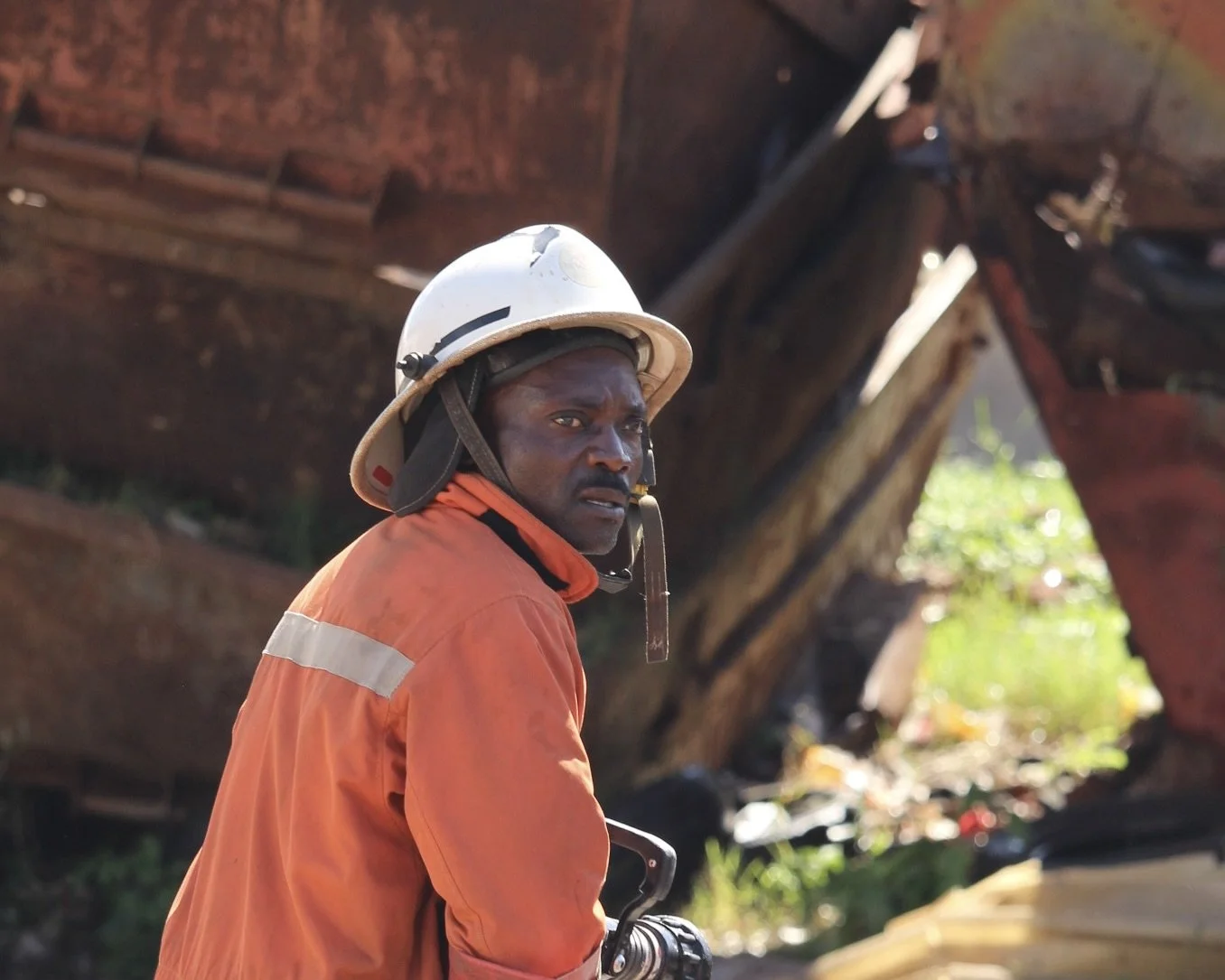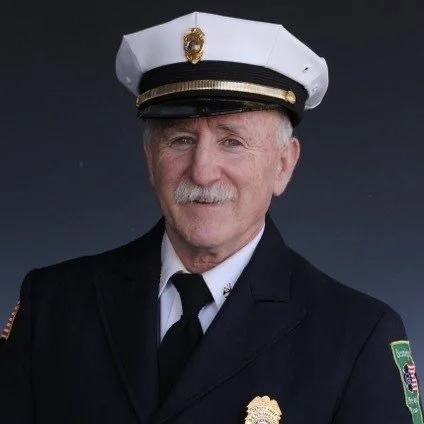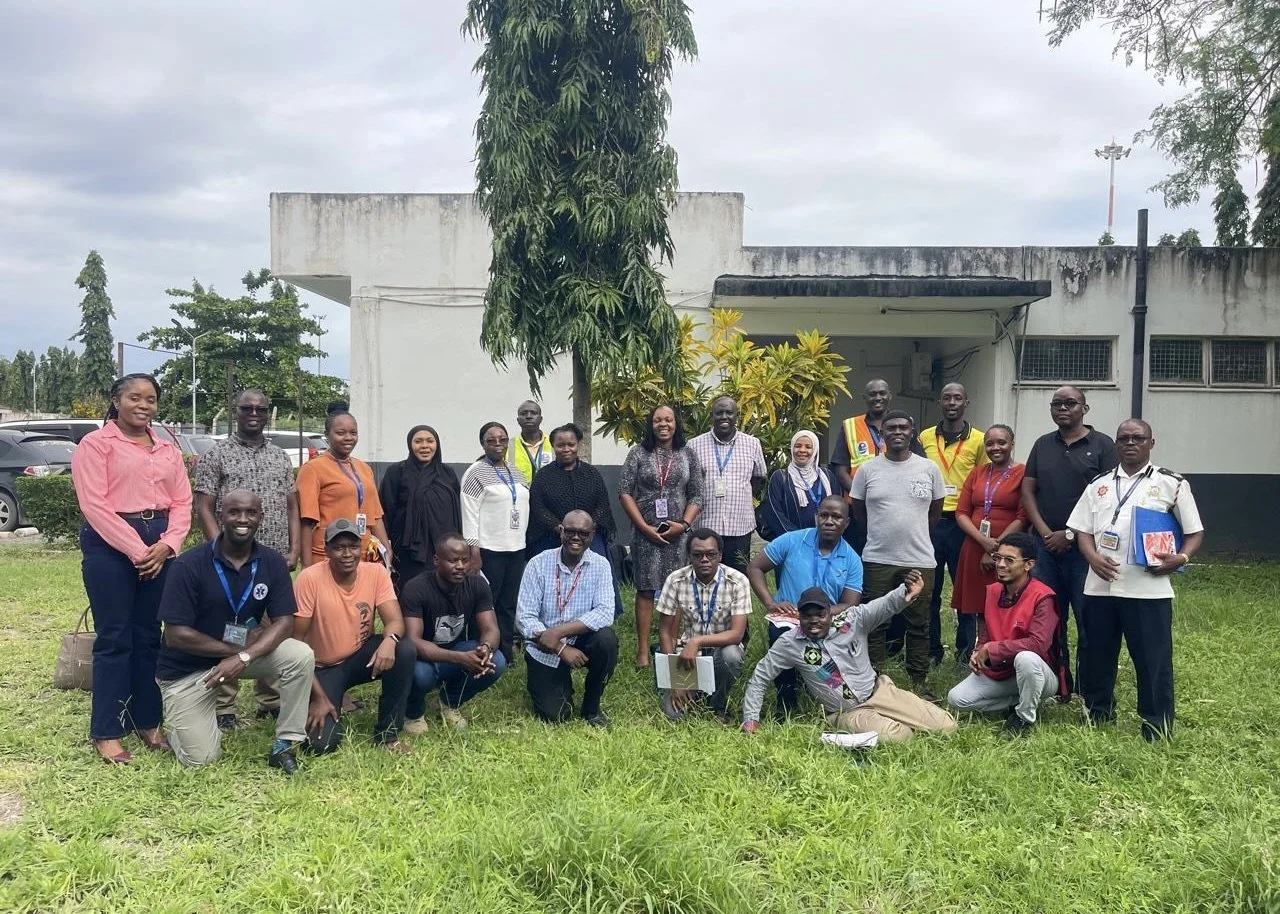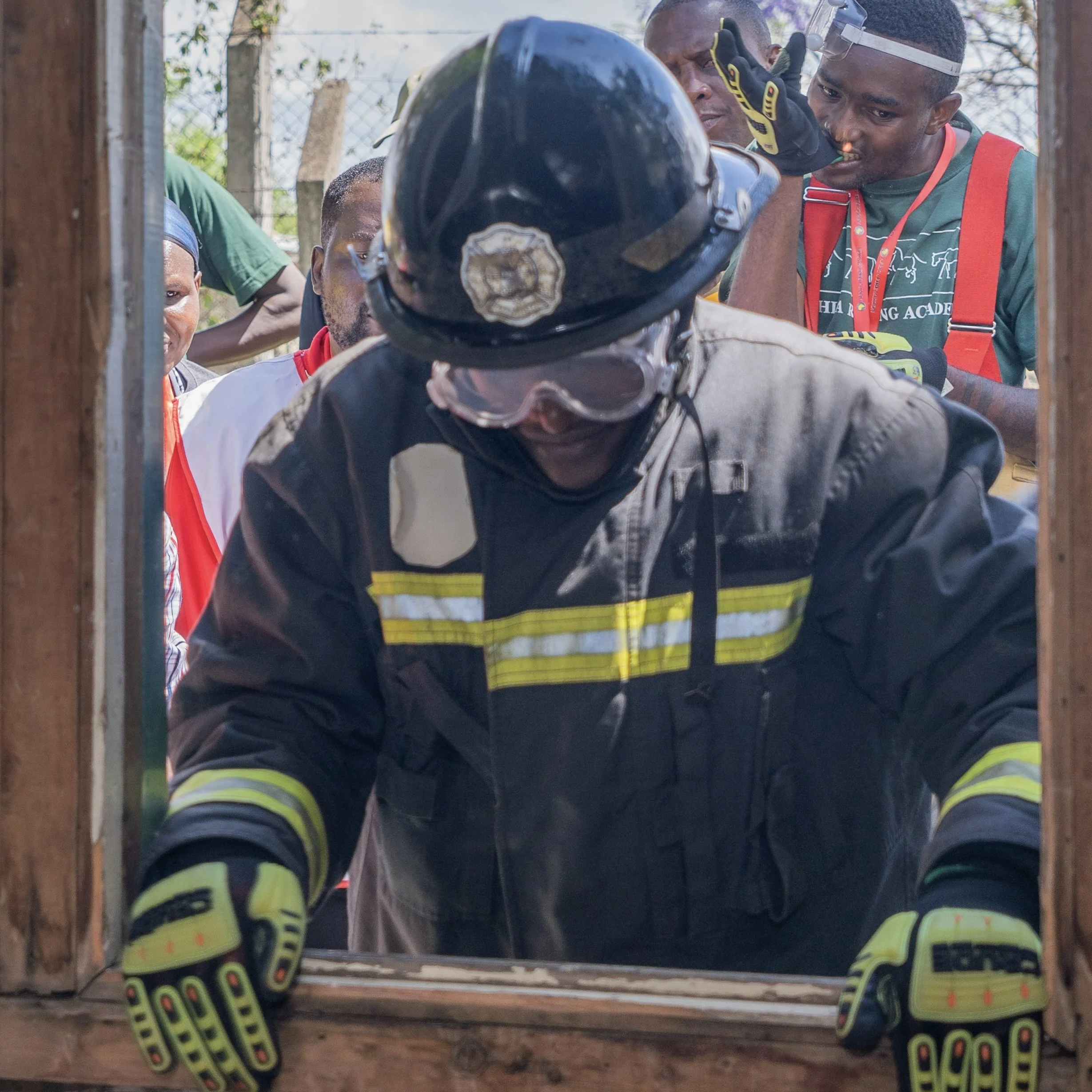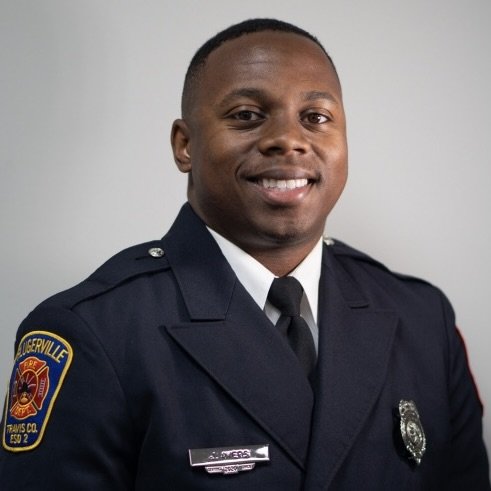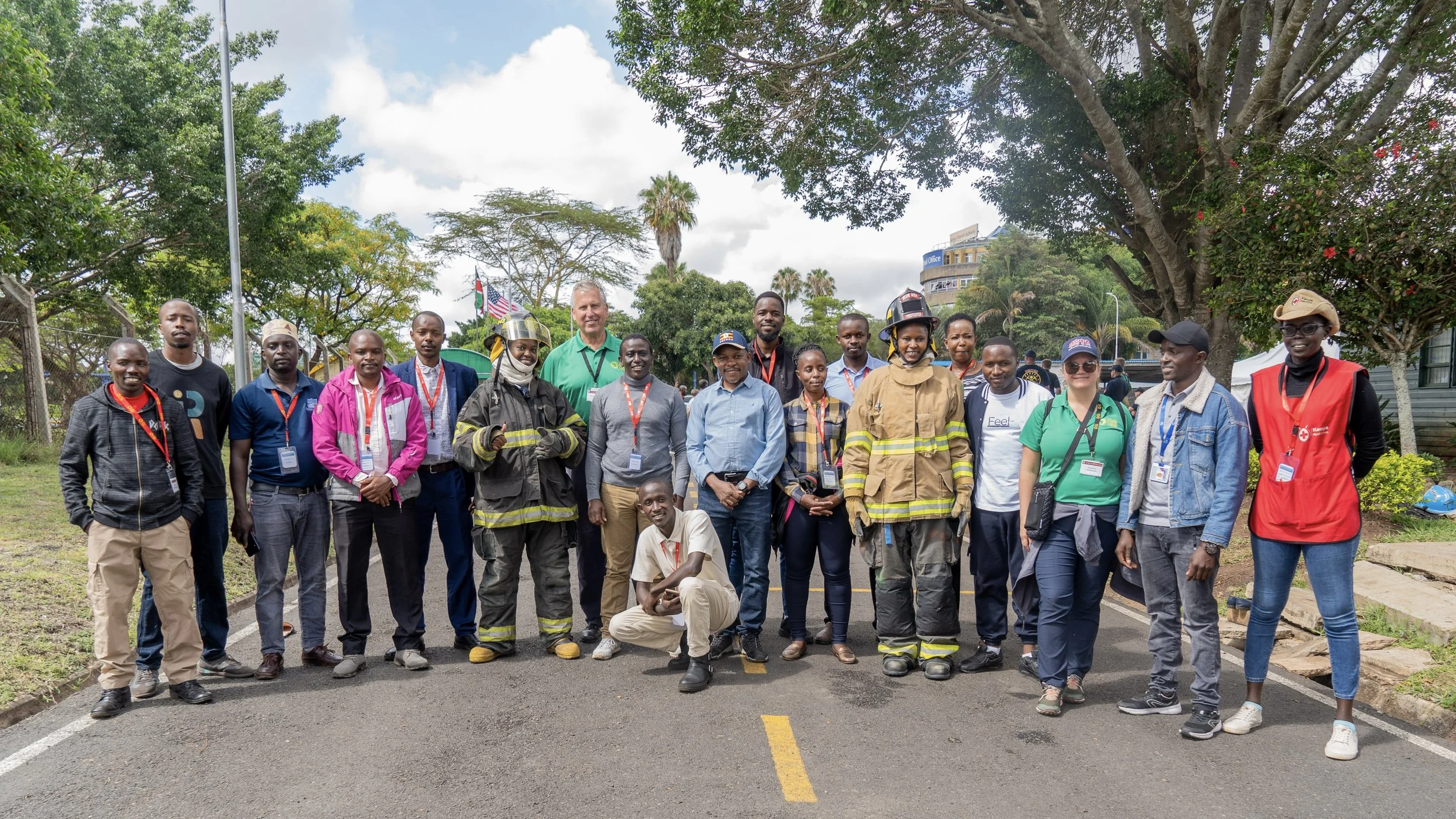Sometimes large container shapes can help us determine what product type might be inside. At fixed facilities, there are several different types of tanks to be concerned about. A tank with rounded ends will contain liquified, compressed gas such as LPG. A spherical tank could contain the same products as well. Sloped roof tanks can contain liquids of any type. The occupancy type may help determine the type of product in the tank. Large, round tanks with a floating roof indicate petroleum storage. A cylindrical, vertical tank at a medical facility or manufacturing plant indicates a cryogenic such as oxygen or nitrogen.
Trailers with rounded ends indicate the presence of a liquified, compressed gas. An oblong-shaped trailer usually carries petrol, diesel, or jet fuel. Small diameter, tube shaped trailers with reinforcing rings and splash protection on top are indicators of an acid. Larger tanks with splash protection on top may contain combustible liquids, bases, toxic liquids, or waste material.
Forms of non-bulk packaging you might see include drums, boxes, bags, carboys, bottles, and dewars. Drums can contain flammable, toxic, corrosive, and waste materials. Boxes can carry the same types of materials, as well as oxidizers, explosives, and radioactive materials. Bags will hold explosives, toxic materials, and fertilizers. Carboys and bottles can carry corrosives. Bottles will also hold toxic materials as well. Dewars typically contain cryogenics. Labels and shipping papers are very important when attempting to identify contents in non-bulk packaging.
Senses are important in detecting a possible release. Hearing a boom, a hiss, or a loud roaring sound are all clues. Seeing sights such as a vapor cloud, liquid on the ground or water, dead fish, dead animals, or dead vegetation are indicators. If you smell a peculiar odor, it may be time to relocate.
I alluded to shipping papers and labeling earlier. Placarding and labeling on large and small containers are very important. They can have the 9 hazard classes, which can help guide you to initial actions. Containers may have a 4-digit UN number. Shipping papers, such as manifests, are also very helpful because they will tell you exact product information. These can be found with a vehicle driver.
I would like to discuss the US DOT Guidebook briefly. The DOT Guidebook is a reference for first responders and is used as a guide for initial actions in a hazmat incident. It can be found in paperback form as well as online and in Google and iPhone apps. Products can be researched by container shape, hazard class, product name, or 4-digit UN number. Spill information, fire information, PPE information, first aid, and evacuation distances can all be found. The online address is: www.phmsa.gov/hazmat/training. The app for Android phones is in the Google Playstore-ERG for Android. The app for iPhone is in the iPhone App Store-ERG for iOS.
Finally, if you have identified a hazmat release, I want to share some initial response actions. Your responsibility as a first responder is not to mitigate the incident but to help keep the public safe. To keep the public safe, you must stay safe. If you are responding in an outside area, approach the scene from an uphill and upwind direction if possible. In a building, stay out of the suspected area. Your responsibility is to secure the area. In an outside area, set a perimeter. A good starting point is 100 meters, although common sense must be exercised to either increase or decrease the size as necessary. If you have access to the Emergency Response Guide, use it as a reference to establish your perimeter. In a building, isolate the room or floor as necessary. Inside your perimeter, make sure that all occupants are evacuated. It is also your responsibility to notify additional resources to help with the incident.
This is a very quick size-up of what any first responder should expect when assessing for a possible hazmat release. If you suspect a possible release, always be cautious about your size up and response. Thank you and stay safe out there.

